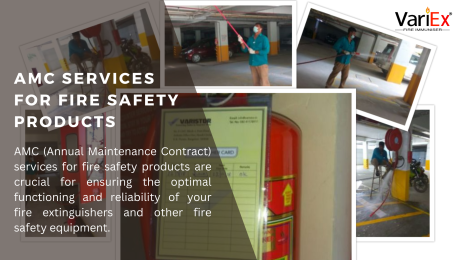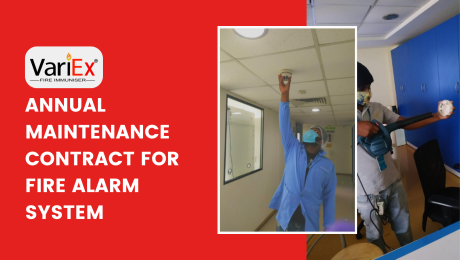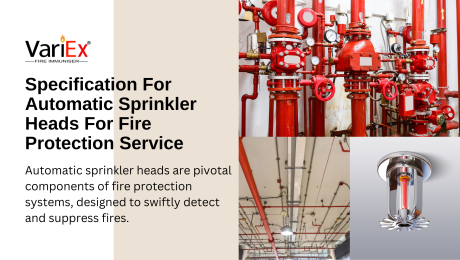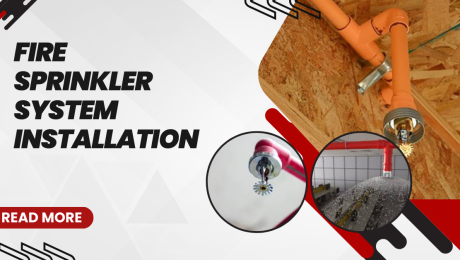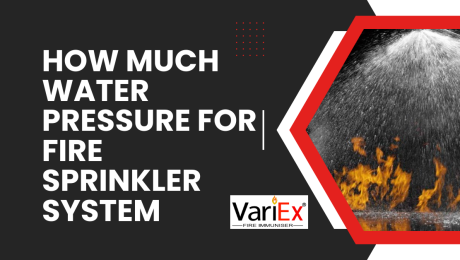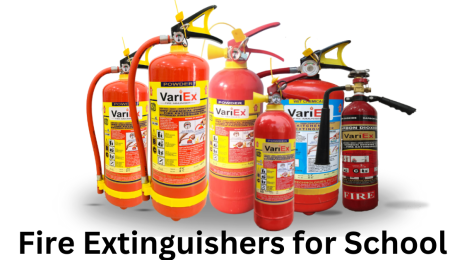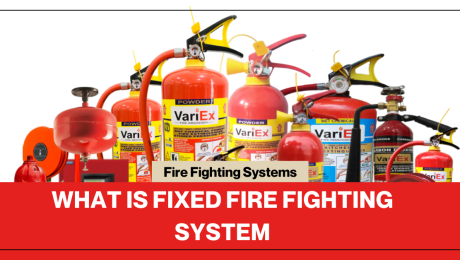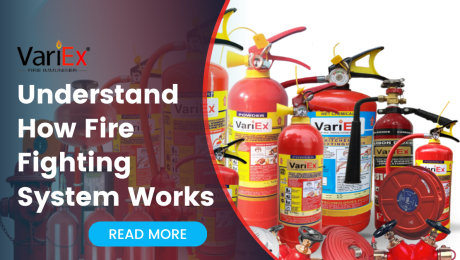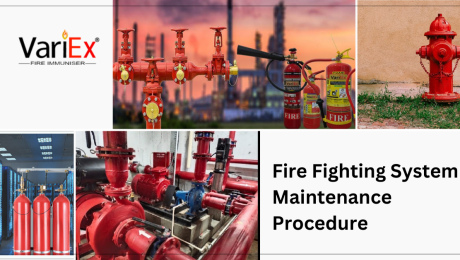Home is where safety begins, and prioritizing fire safety is crucial for protecting lives and property. Start by installing smoke detectors in key areas and regularly testing them. Ensure the availability of fire extinguishers and educate family members on their use. Create and practice a fire escape plan, designating meeting points outside the home. Regularly inspect electrical systems and appliances for potential hazards, and avoid overloading outlets. Keep flammable materials away from heat sources and candles, and be cautious in the kitchen to prevent cooking-related fires. Educate family members, especially children, on fire safety practices. By taking proactive measures and fostering a culture of awareness, you can significantly reduce the risk of fires at home. Fire safety is a shared responsibility, and a well-prepared household is better equipped to handle emergencies and protect its members.
What Is Annual Maintenance Contract
- Published in AMC Services, Fire Extinguisher, Fire Fighting System
AMC Services For Fire Safety Products
- Published in AMC Services, Fire Extinguisher, Fire Fighting System
Annual Maintenance Contract For Fire Alarm System
- Published in AMC Services, Fire Extinguisher, Fire Fighting System
Specification For Automatic Sprinkler Heads For Fire Protection Services
- Published in Fire Sprinkler System
Fire Automatic Sprinkler System
- Published in Fire Sprinkler System
Fire Sprinkler System Installation
- Published in Fire Sprinkler System
How Residential Fire Sprinkler Systems Work
- Published in Fire Sprinkler System
How Much Water Pressure For Fire Sprinkler System
- Published in Fire Sprinkler System
Which Gas Used In Fire Extinguisher
What Is Fixed Fire Fighting System
Understand How Fire Fighting System Works
- Published in Fire Extinguisher, Fire Fighting System, Fire Safety Equipment
What Are The 4 Types Of Fire Protection Systems?
What Are The Main Components Of Fire Fighting System?
Fire Fighting System Maintenance Procedure
Regular maintenance of fire fighting systems is essential to ensure their continued functionality and reliability in the event of a fire emergency. This guide outlines the key procedures involved in maintaining fire suppression systems to mitigate risks and protect lives and property.
1. Scheduled Inspections:
- Conduct scheduled inspections of all components of the fire fighting system, including control panels, piping, nozzles, detectors, fire alarms system, and fire extinguishers.
- Inspections should be performed by qualified technicians according to manufacturer guidelines and regulatory requirements.
2. Functional Testing:
- Perform functional tests of the entire fire fighting system to verify proper operation and response.
- Test alarms, detectors, and suppression equipment to ensure they activate as intended.
- Simulate fire scenarios to assess the system’s effectiveness in detecting and suppressing fires.
3. Inspection of Components:
- Inspect piping, valves, and nozzles for signs of corrosion, leaks, or damage.
- Check detectors and alarms for proper positioning, cleanliness, and functionality.
- Verify that control panels and electrical connections are secure and free from defects.



